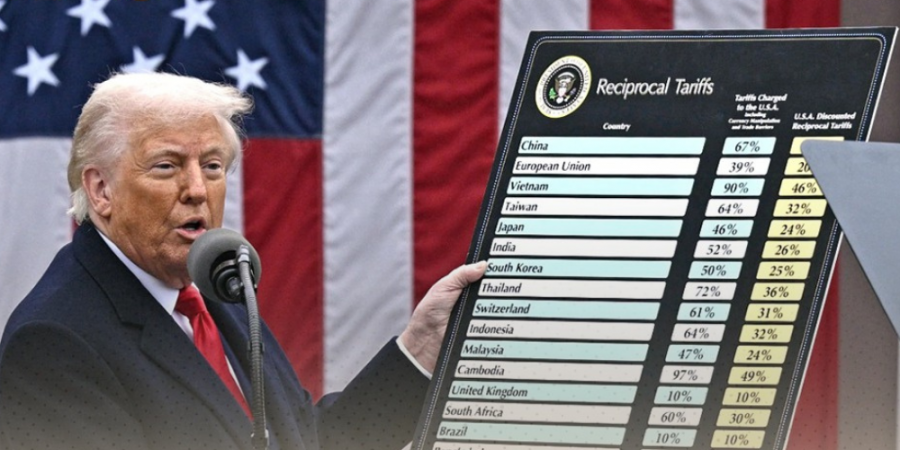With a market cap of $1.8 trillion, Apple holds the distinction of being the most valuable company today. It’s also the first American company to reach the $1-trillion milestone when its valuation hit the trillion mark in 2017.
Born Out of Necessity

Considered to be the first corporation of its kind, the Dutch East India Company was founded in 1602 out of necessity. At the time, the Dutch were cut out by Portugal from their Asia to Europe trade agreements.
Determined to have their cut of the spice trade market, various Dutch merchants decided to sail their own ships out as Portugal struggled to meet the demand for the commodity in Europe. The venture proved to be successful as the sailors already knew the route they took and they managed to build alliances with the indigenous people living in the islands they passed.
Eventually, the Dutch government-backed the creation of the Dutch East India Company, which succeeded to have a monopoly in trade with Asia. Its power is further cemented when it brokered an alliance with British companies of the same kind.
Rise to the Top

After its partnership with the British fell apart, the Dutch East India Company expanded even more under the leadership of Jan Pierterszoon Coen. During his time, the Dutch became ruthless in taking control of their trade routes, a path that the leaders that followed would also walk on.
Six decades since its founding, the company reached its peak. Records show that it valued itself at 78 million Dutch Guilders, which is equivalent to $7.4 trillion in today’s money inflation considered. Unsurprisingly, it made its investors ever wealthier as it reportedly paid dividends of about 40%.
The Dutch East India Company also employed 50,000 employees and kept an army of 10,000 soldiers.
Road to Bankruptcy

Unfortunately, things started to go downhill from there. By the 1700s, the Dutch’s trade routes were rife with small wars interrupting the company’s activities.
It also didn’t help that the spice trade was slowly becoming unprofitable as supplies began exceeding demands for the products. The company’s answer to this challenge was diversifying its products adding cotton, sugar, and tea to their wares.
The Dutch’s attempts to cling to their trade monopoly didn’t work for long though as new companies signed treaties with islands that used to be loyal to the Dutch East India Company.
As dividends exceeded its actual profits, the company eventually went bankrupt bringing its almost-two-century reign to a close.










